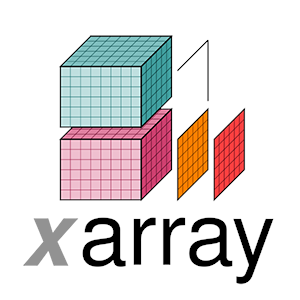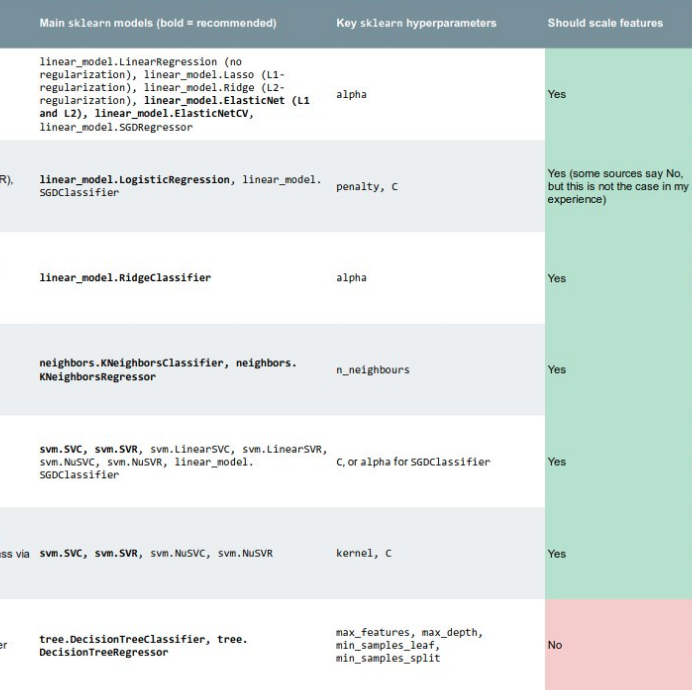Six books about seismic interpretation
/Last autumn Brian Romans asked about books on seismic interpretation. It made me realize two things: (1) there are loads of them out there, and (2) I hadn't read any of them. (I don't know what sort of light this confession casts on me as a seismic interpreter, but let's put that to one side for now.)
Here are the books I know about, in no particular order. Have I missed any? Let us know in the comments!
Introduction to Seismic Interpretation
 Bruce Hart, 2011, AAPG Discovery Series 16. Tulsa, USA: AAPG. List price USD 42.
Bruce Hart, 2011, AAPG Discovery Series 16. Tulsa, USA: AAPG. List price USD 42.
This 'book' is a CD-based e-book, aimed at the new interpreter. Bruce is an interpreter geologist, so there's plenty of seismic stratigraphy.
A Petroleum Geologist's Guide to Seismic Reflection
 William Ashcroft, 2011. Chichester, UK: Wiley-Blackwell. List price USD 90.
William Ashcroft, 2011. Chichester, UK: Wiley-Blackwell. List price USD 90.
I really, really like this book. It covers all the important topics and is not afraid to get quantitative — and it comes with a CD containing data and software to play with.
Interpretation of Three-Dimensional Seismic Data
 Alistair Brown, AAPG Memoir. Tulsa, USA: AAPG. List price USD 115.
Alistair Brown, AAPG Memoir. Tulsa, USA: AAPG. List price USD 115.
This book is big! Many people think of it as 'the' book on interpretation. The images are rather dated—the first edition was in 1986—but the advice is solid.
First Steps in Seismic Interpretation
 Donald Herron, SEG. Tulsa, USA: SEG. List price USD 62.
Donald Herron, SEG. Tulsa, USA: SEG. List price USD 62.
This new book is tremendous, if a little pricey for its size. Don is a thoroughly geophysical interpreter with deep practical experience. A must-read for sub-salt pickers!
3D Seismic Interpretation
 Bacon, Simm and Redshaw, 2003. Cambridge, UK: Cambridge. List price USD 80.
Bacon, Simm and Redshaw, 2003. Cambridge, UK: Cambridge. List price USD 80.
A nicely produced and comprehensive treatment with plenty of quantitative meat. Multi-author volumes seem a good idea for such a broad topic.
Elements of 3D Seismology
 Chris Liner, 2004. Tulsa, USA: PennWell Publishing. List price USD 129.
Chris Liner, 2004. Tulsa, USA: PennWell Publishing. List price USD 129.
Chris Liner's book and CD are not about seismic interpretation, but would make a good companion to any of the more geologically inclined books here. Fairly hardcore.
The rest and the next
Out-of-print and old books, or ones that are less particularly about seismic interpretation:
- Practical Seismic Interpretation, Michael Badley, 1985
- Seismic Interpretation: The Physical Aspects, Nigel Anstey, 1977
- Pitfalls in Seismic Interpretation (Tucker & Yorston, 1973) and Pitfalls Revisited (Tucker, 1982)
- An Introduction to Geophysical Exploration, Keary, Brooks & Hill, 2002
An exciting new addition will be the forthcoming book from Wiley by Duncan Irving, Richard Davies, Mads Huuse, Chris Jackson, Simon Stewart and Ralph Daber — Seismic Interpretation: A Practical Approach. Look out for that one in 2014.
Watch out for our book reviews on all these books in the coming weeks and months.
 A swath of new books about seismic analysis in late 2013 and early 2014 prompted me to follow this post up with some nano-reviews of six books about seismic analysis. So if you have more of a quantitative bent, don't miss those!
A swath of new books about seismic analysis in late 2013 and early 2014 prompted me to follow this post up with some nano-reviews of six books about seismic analysis. So if you have more of a quantitative bent, don't miss those!






























 Except where noted, this content is licensed
Except where noted, this content is licensed